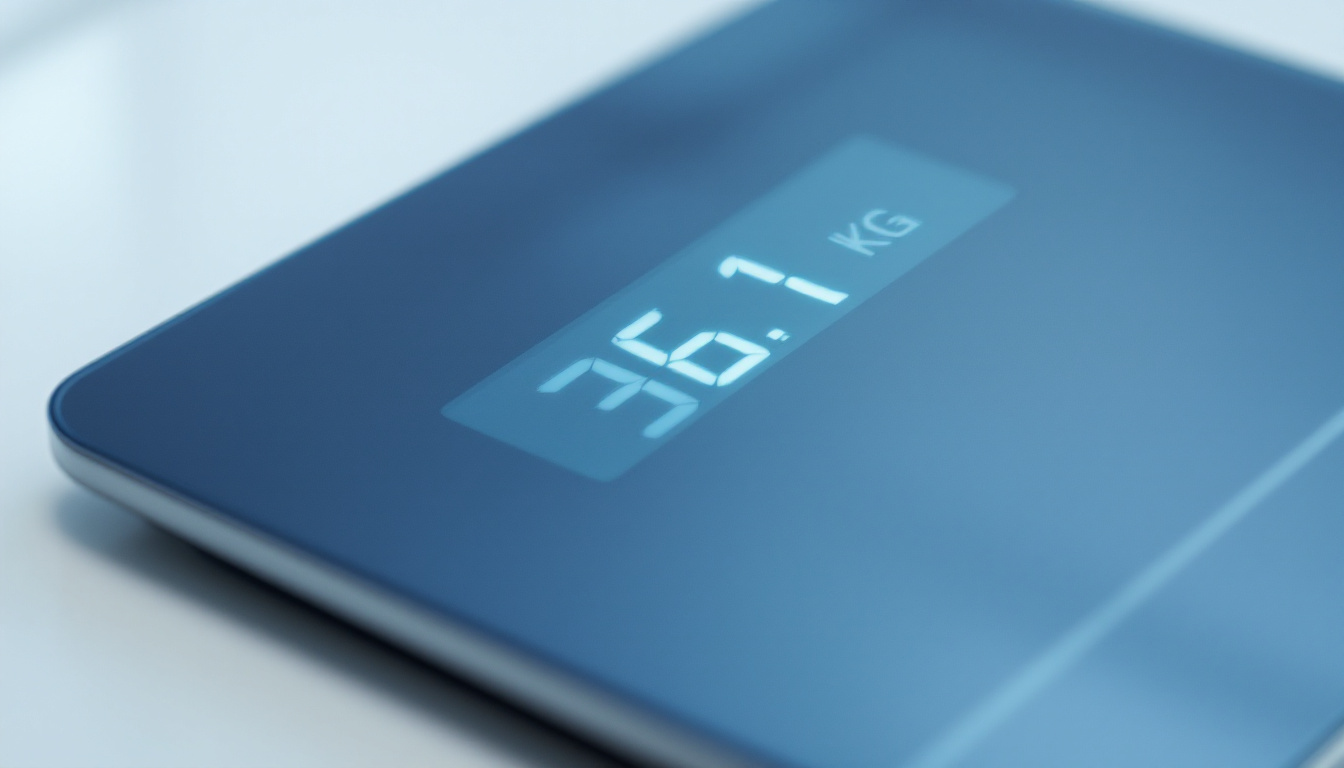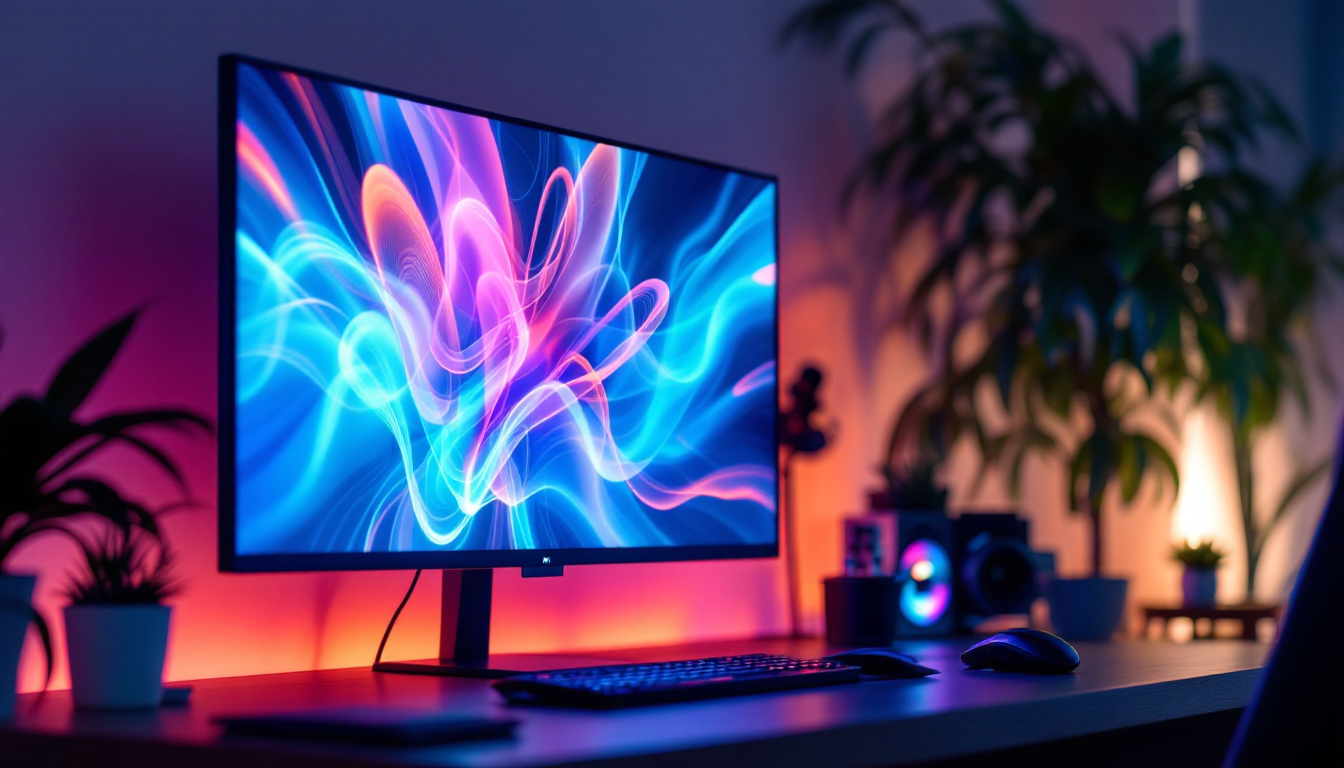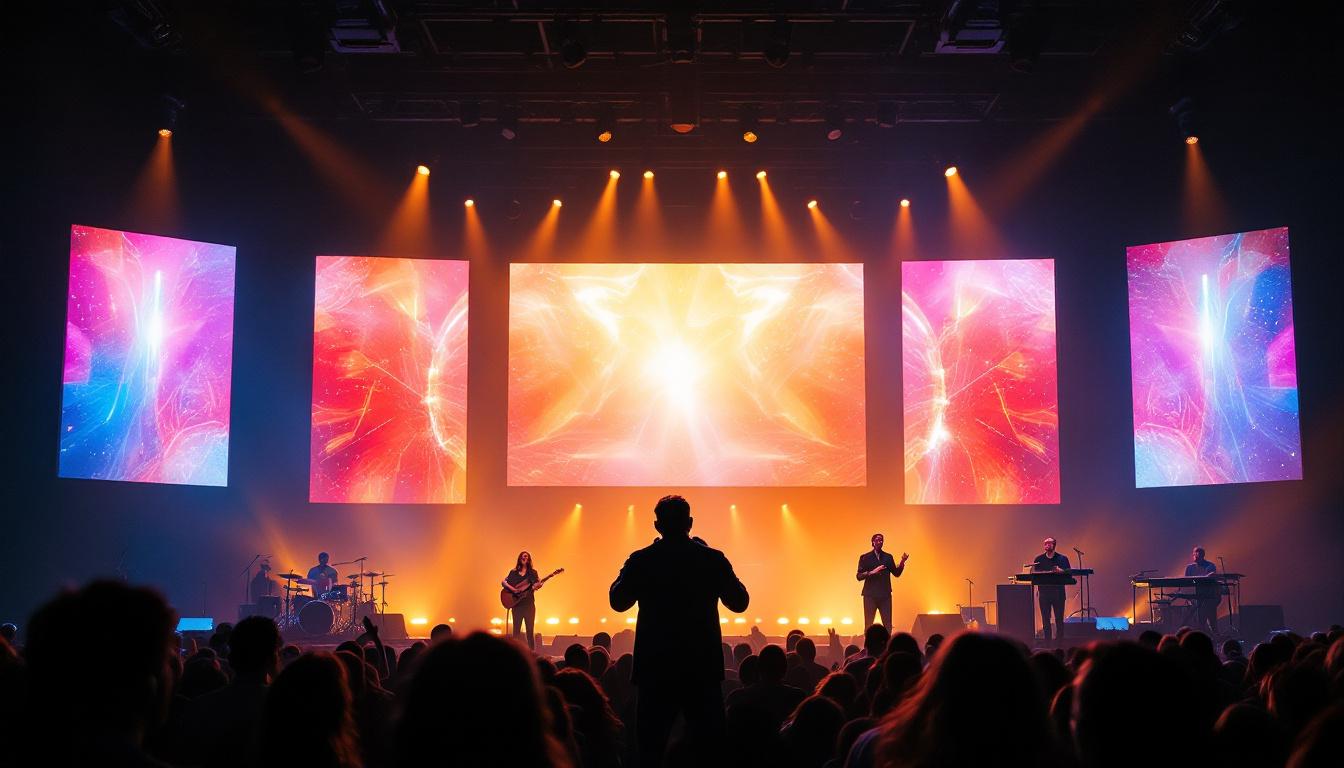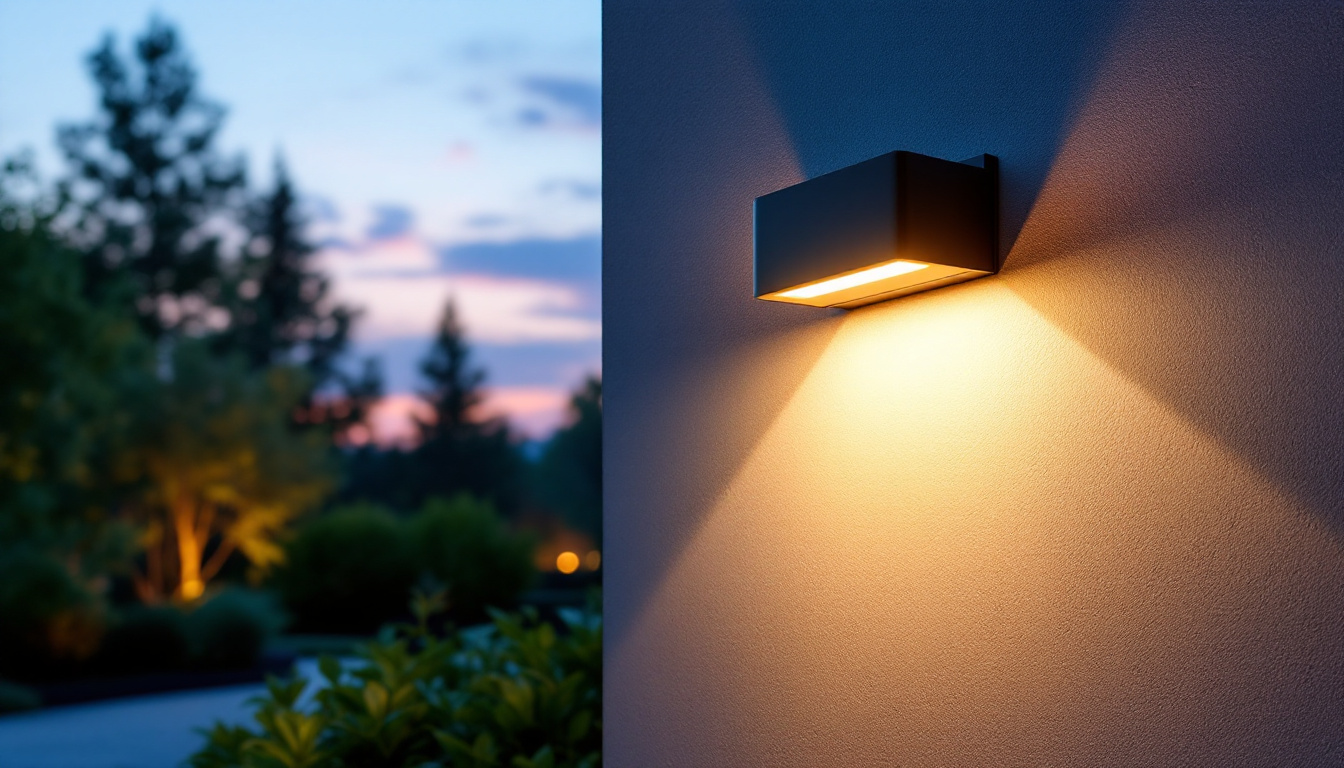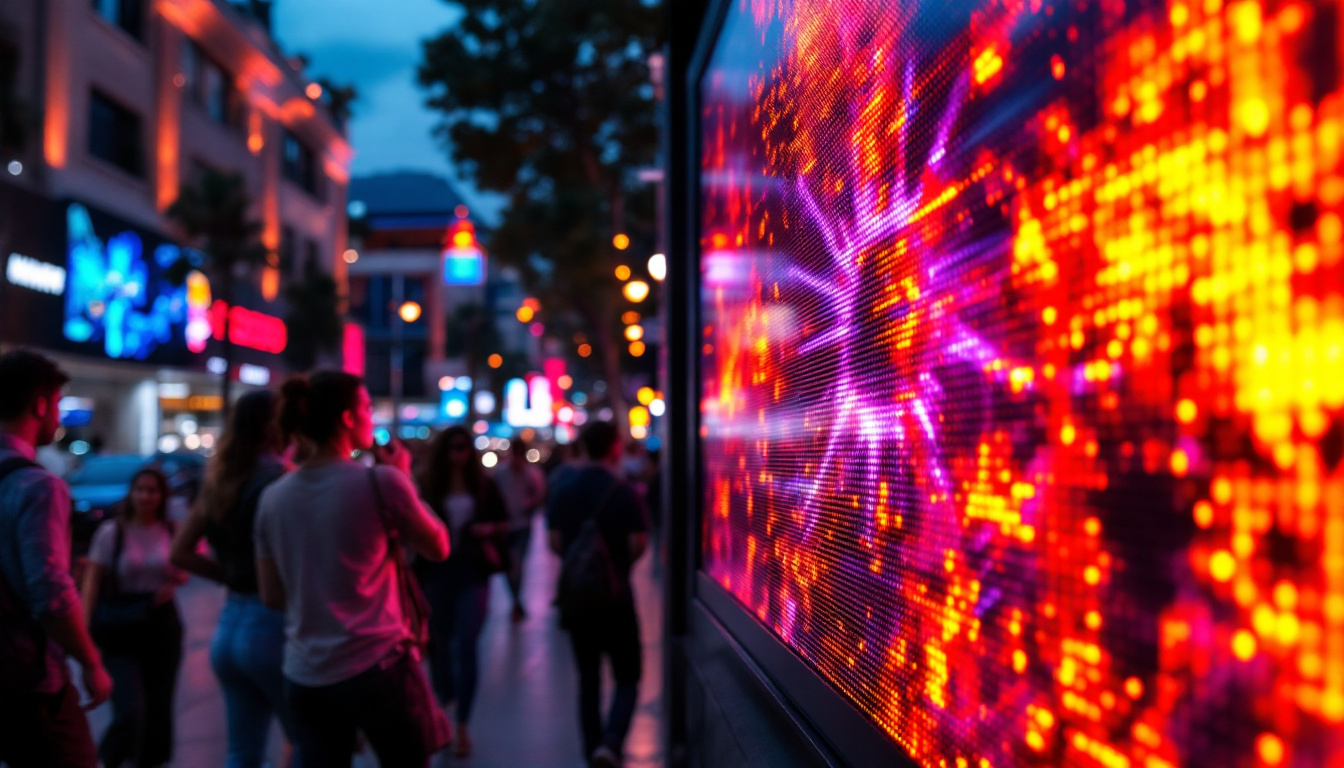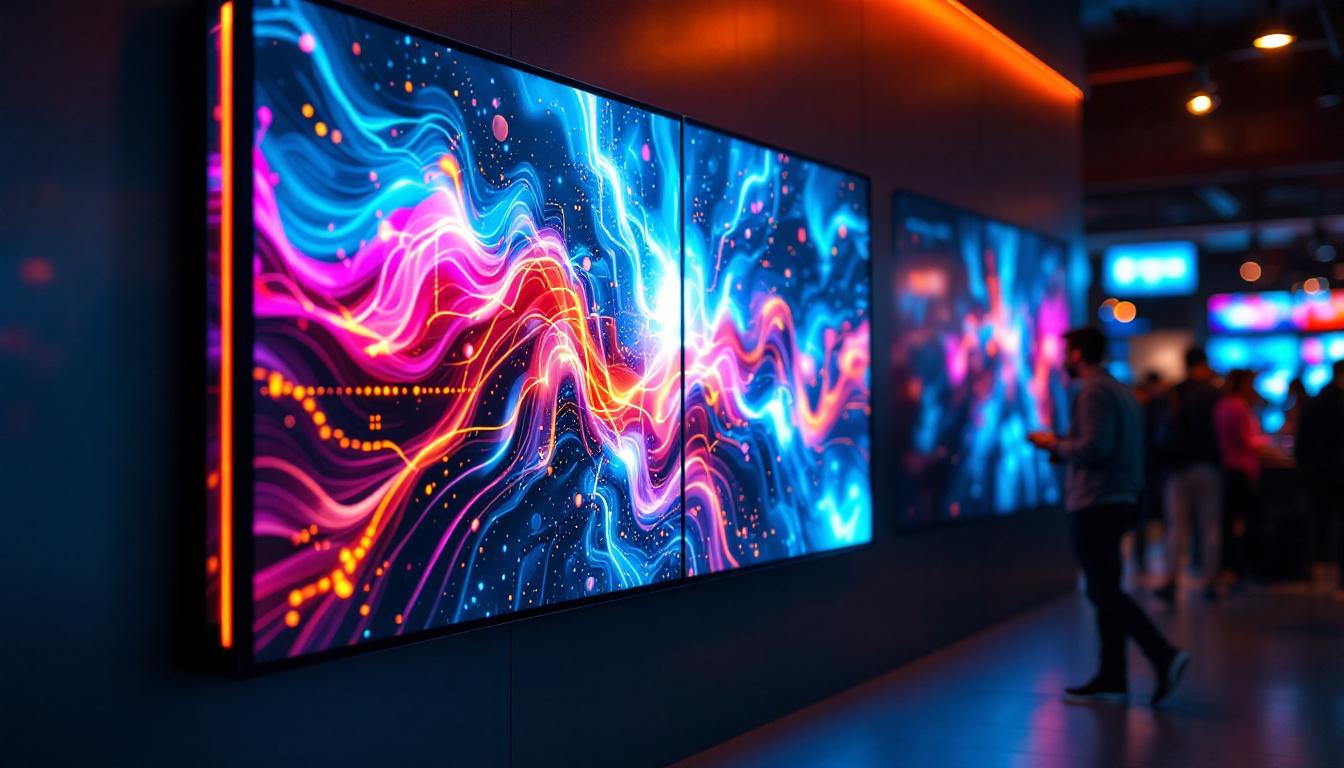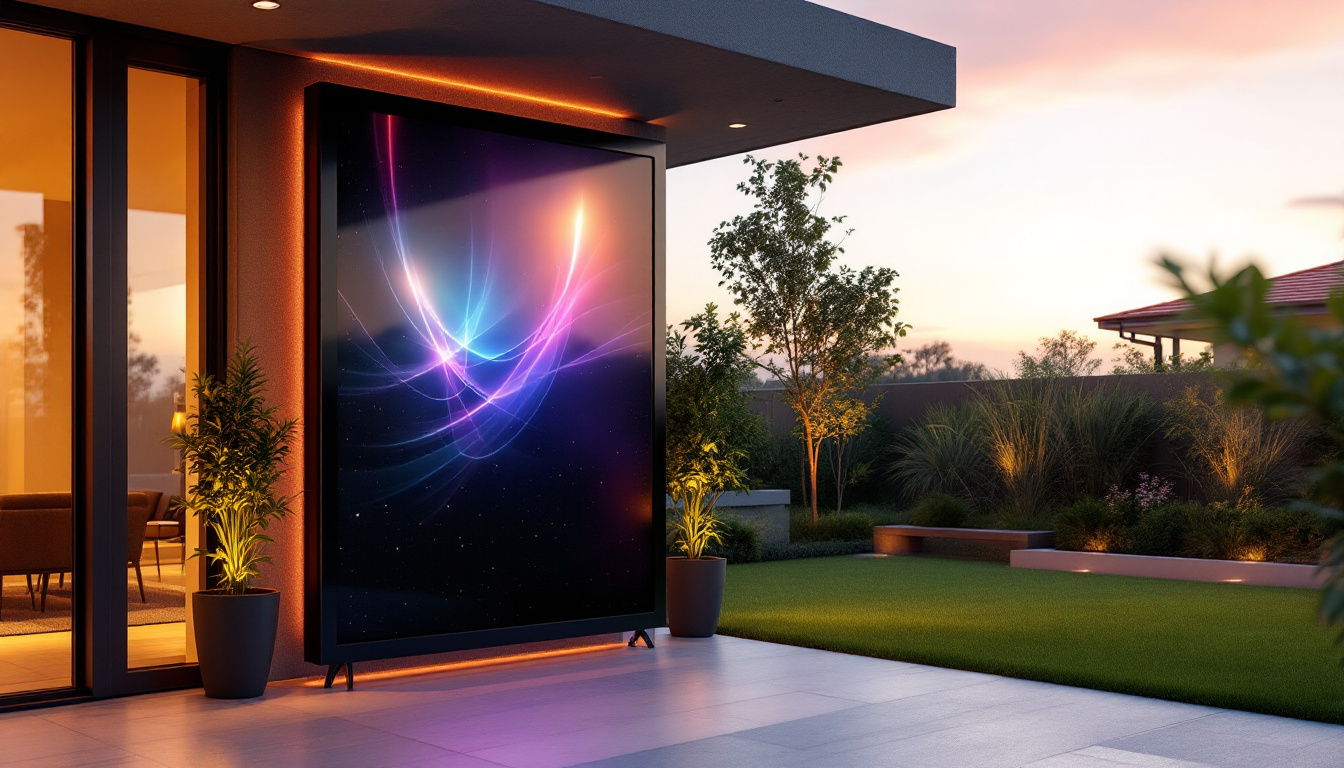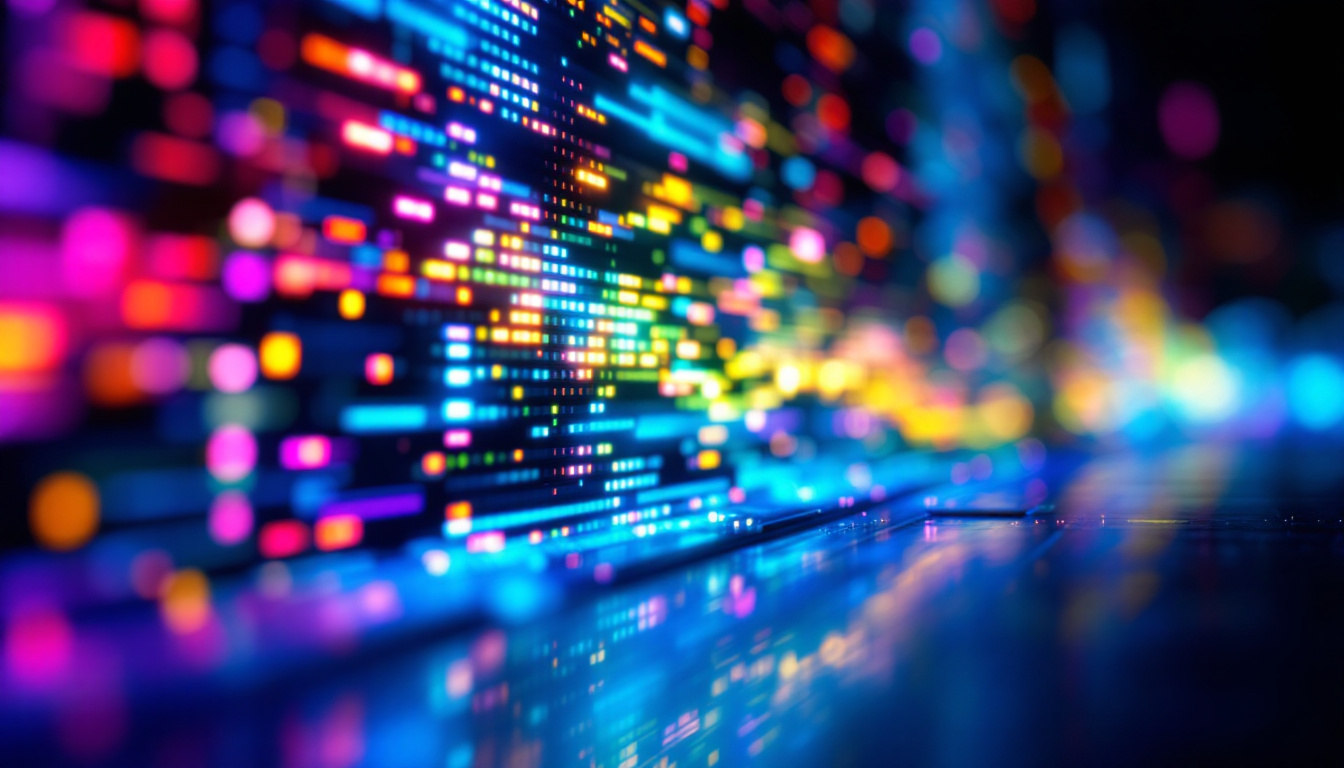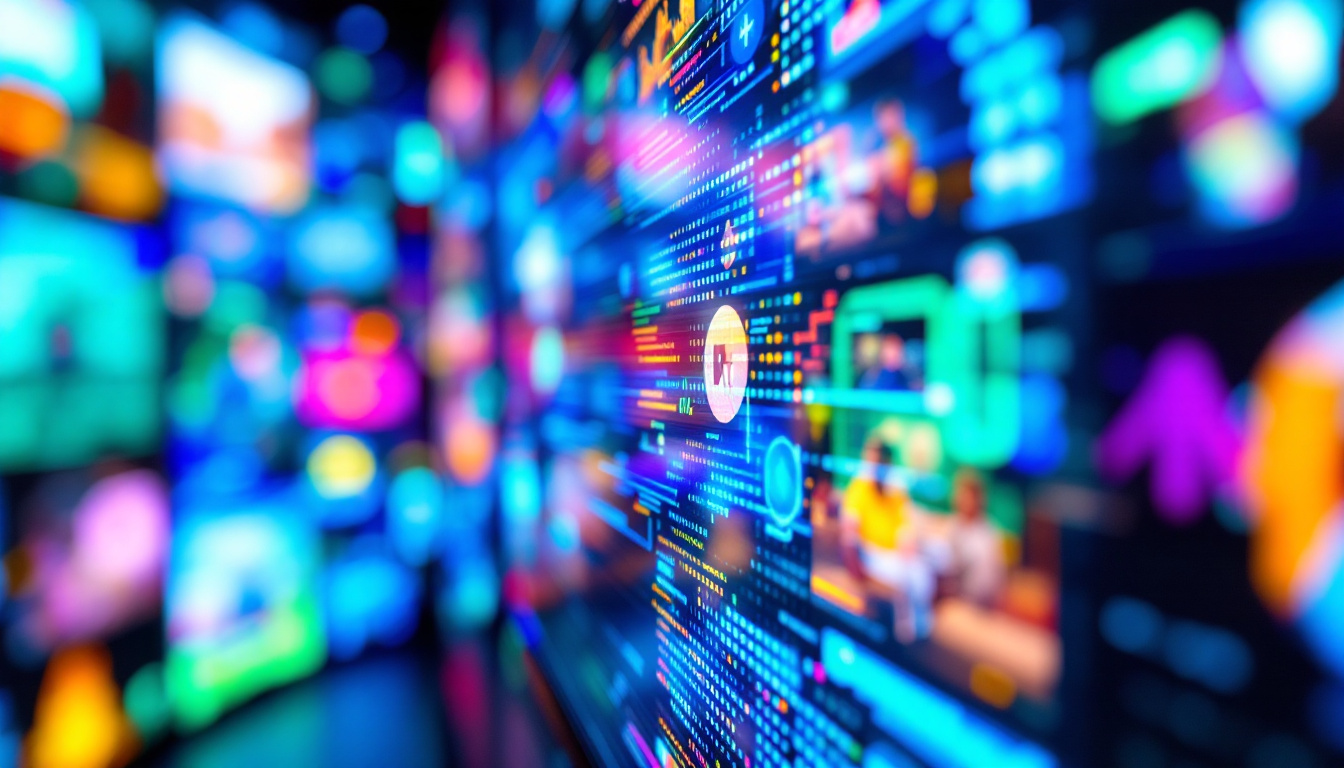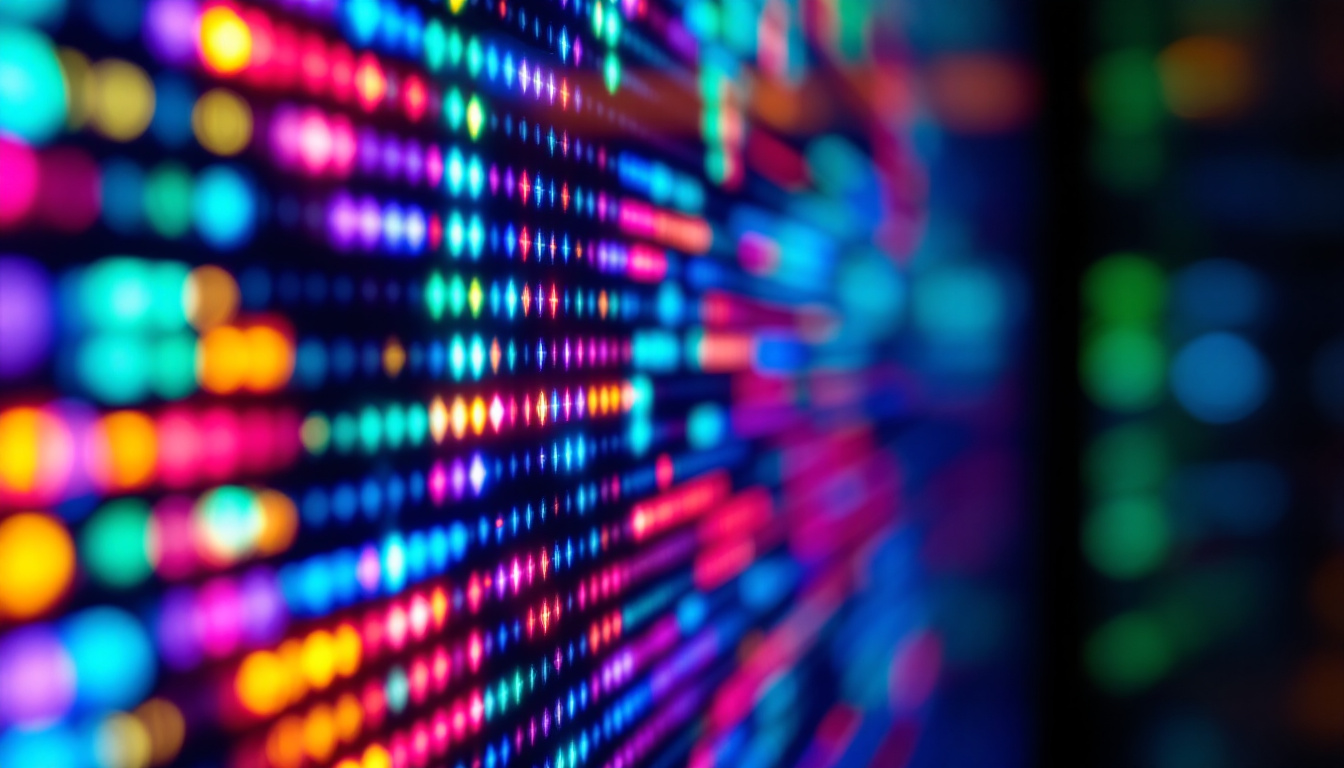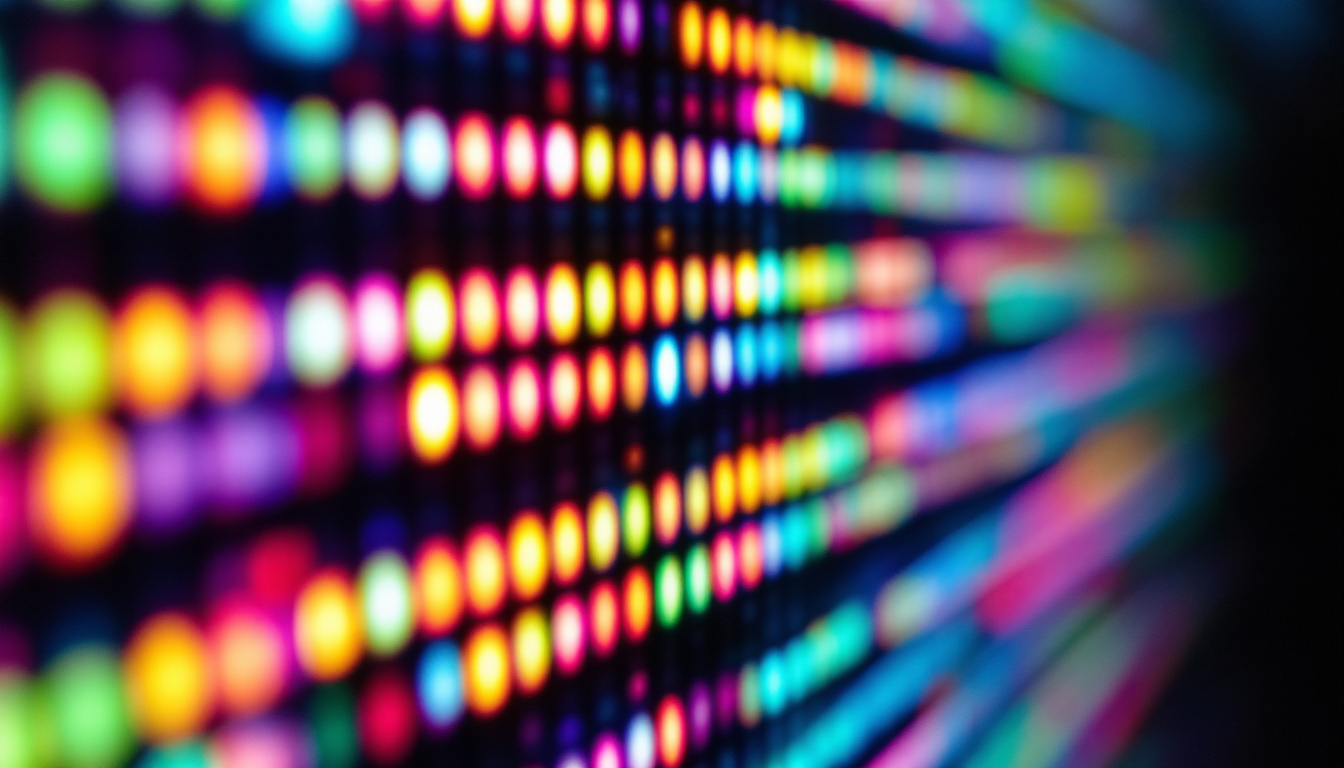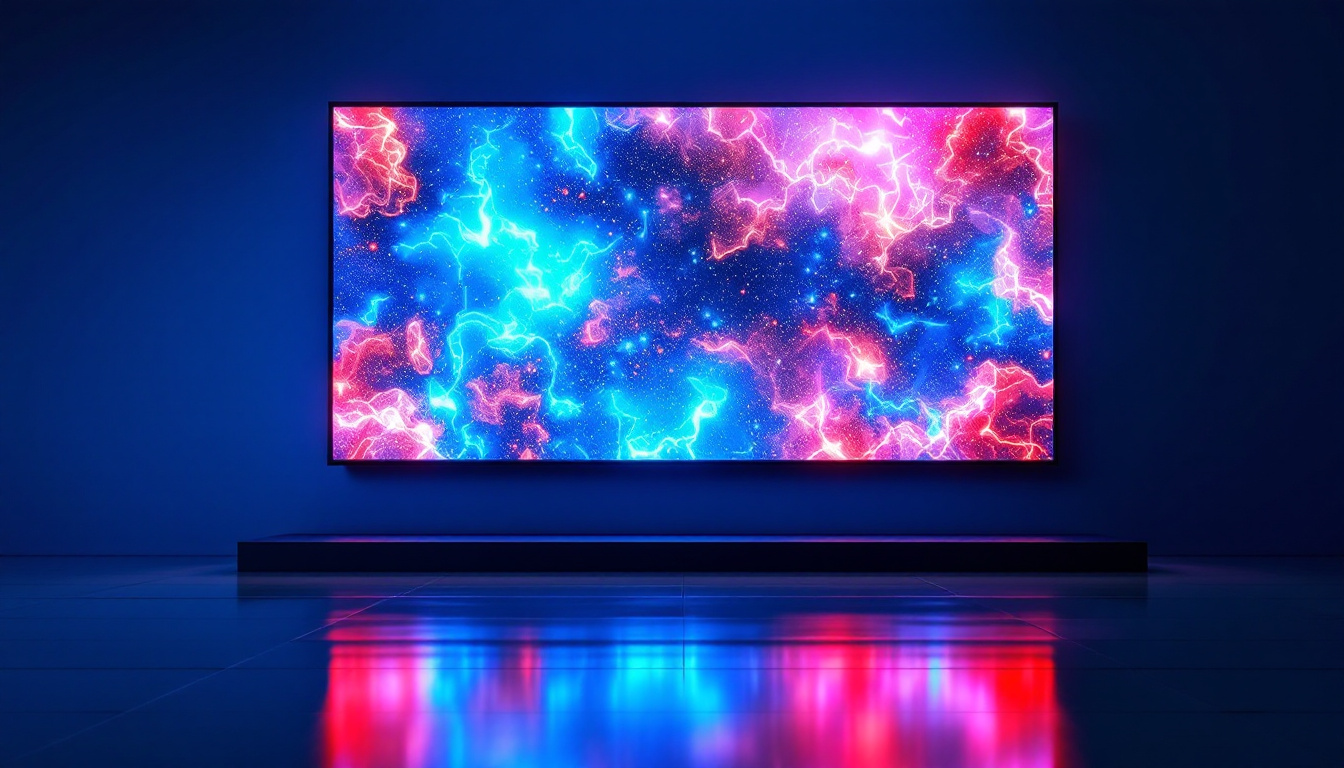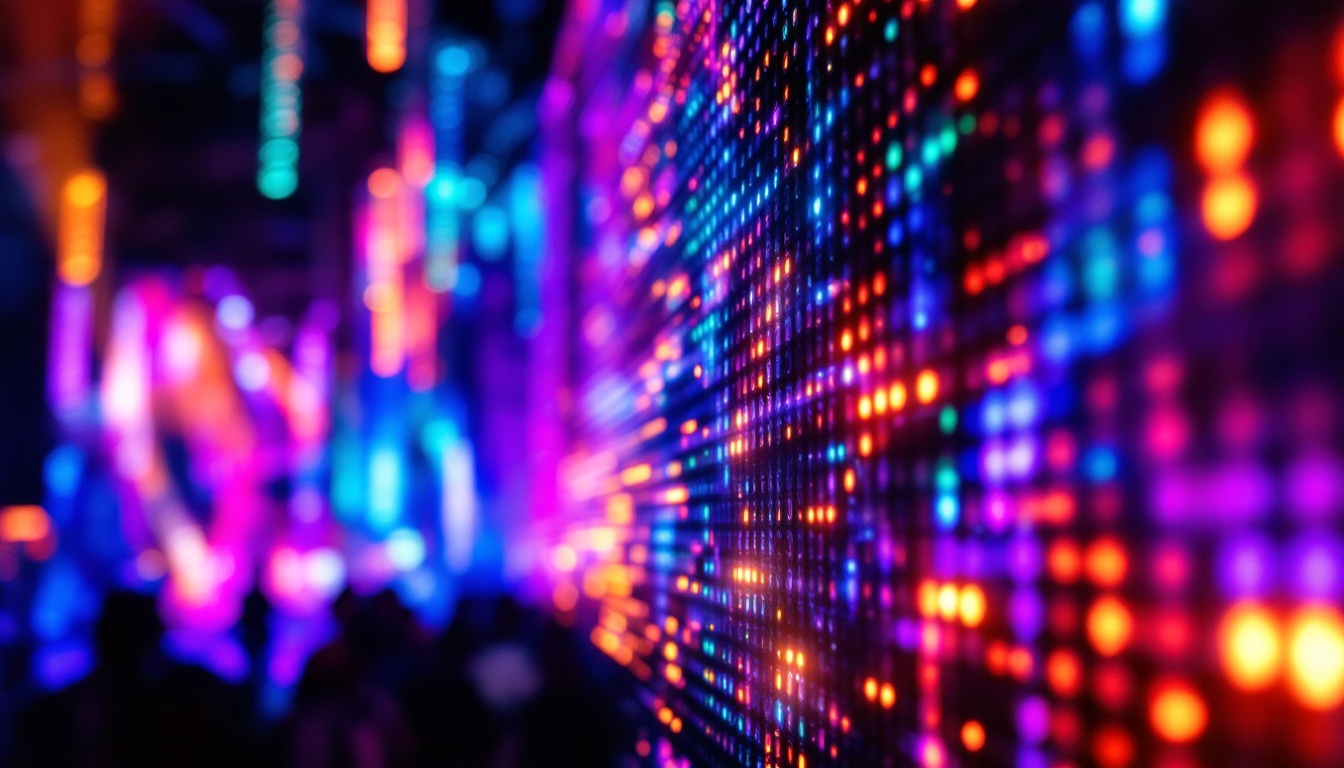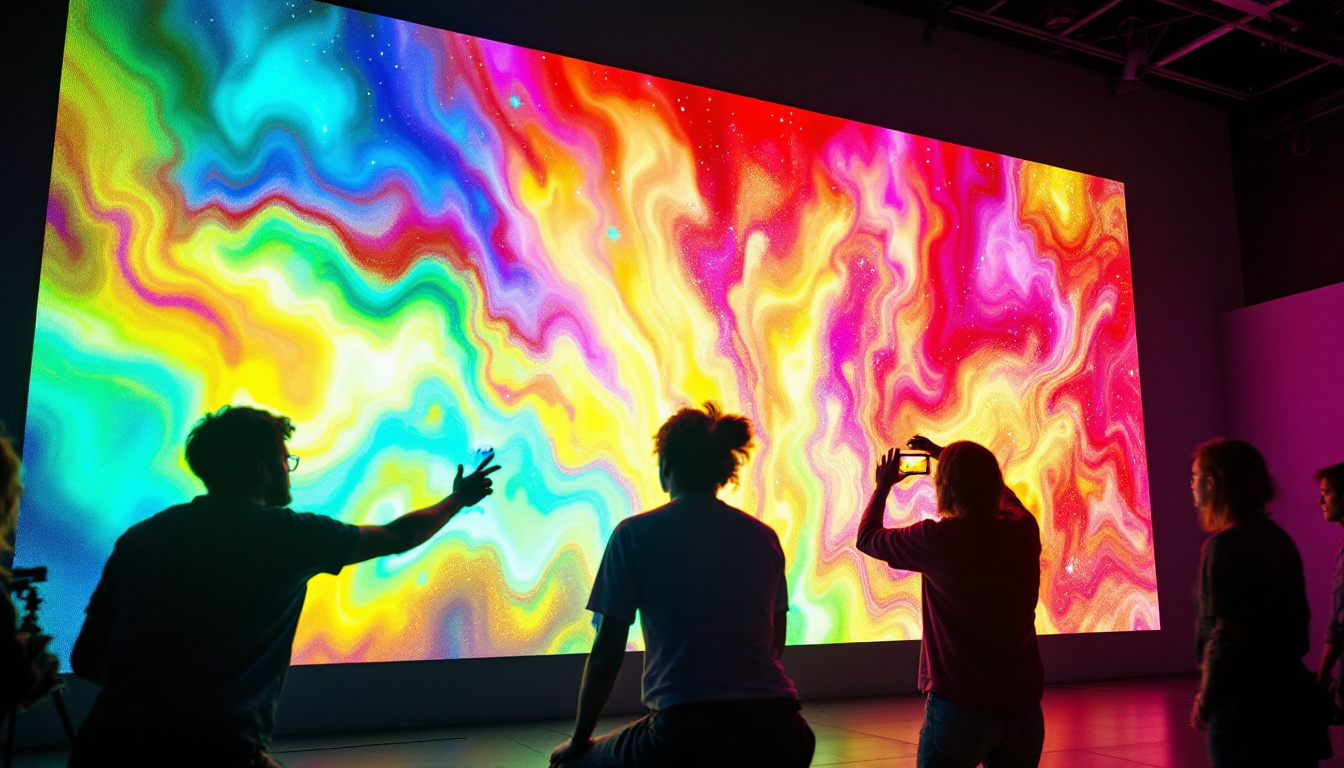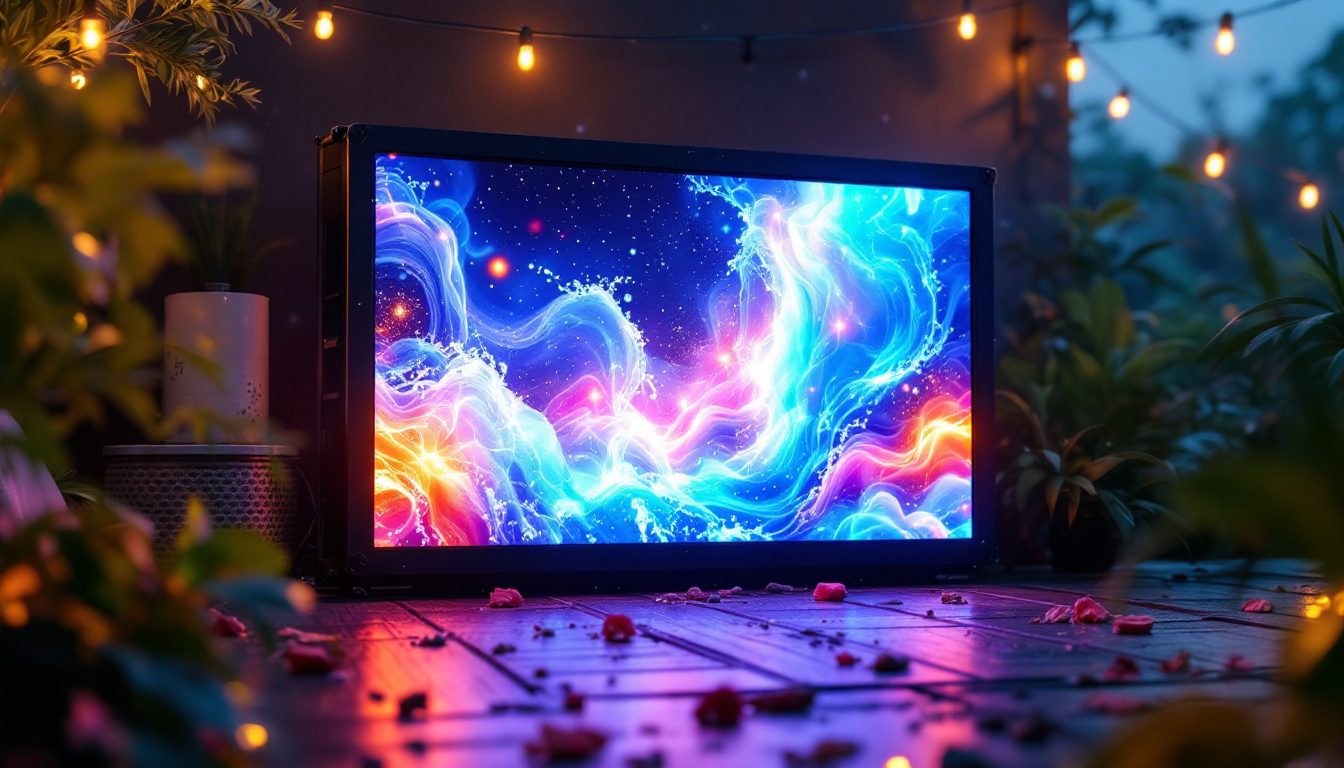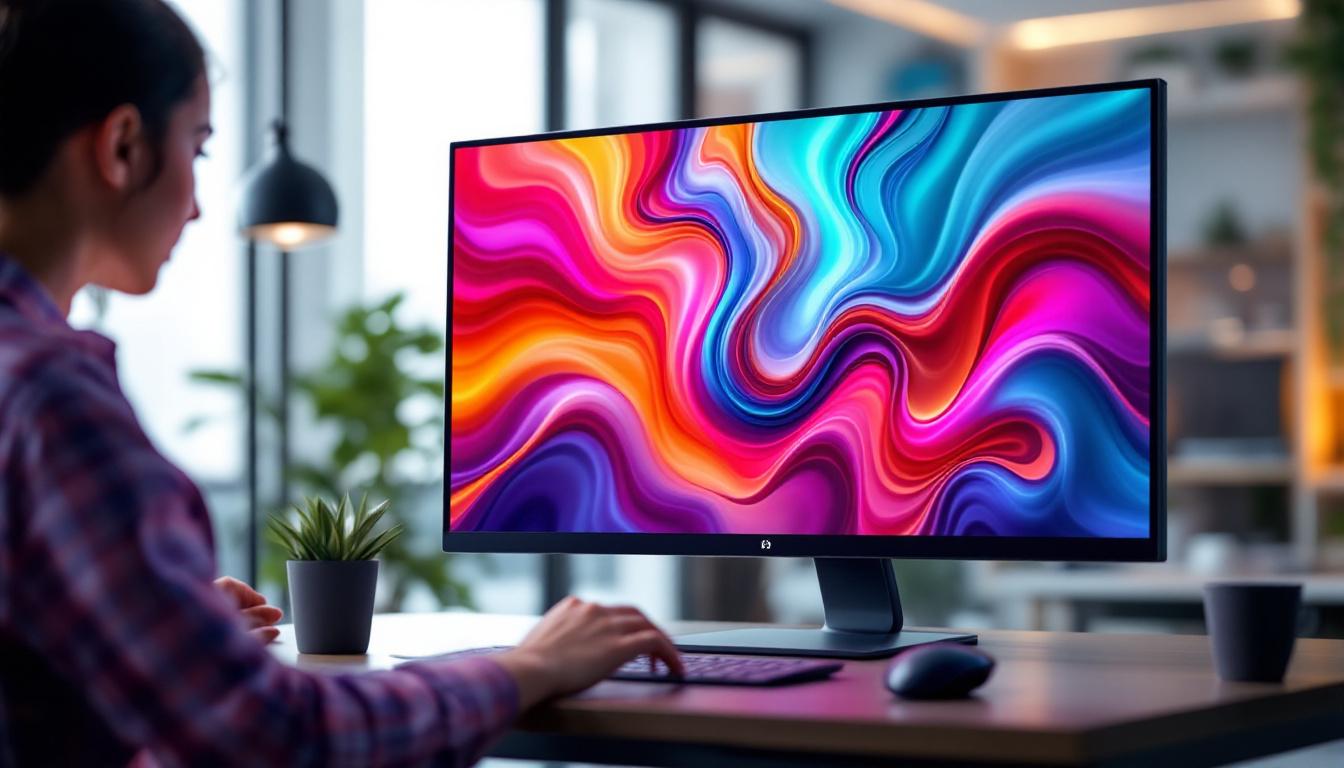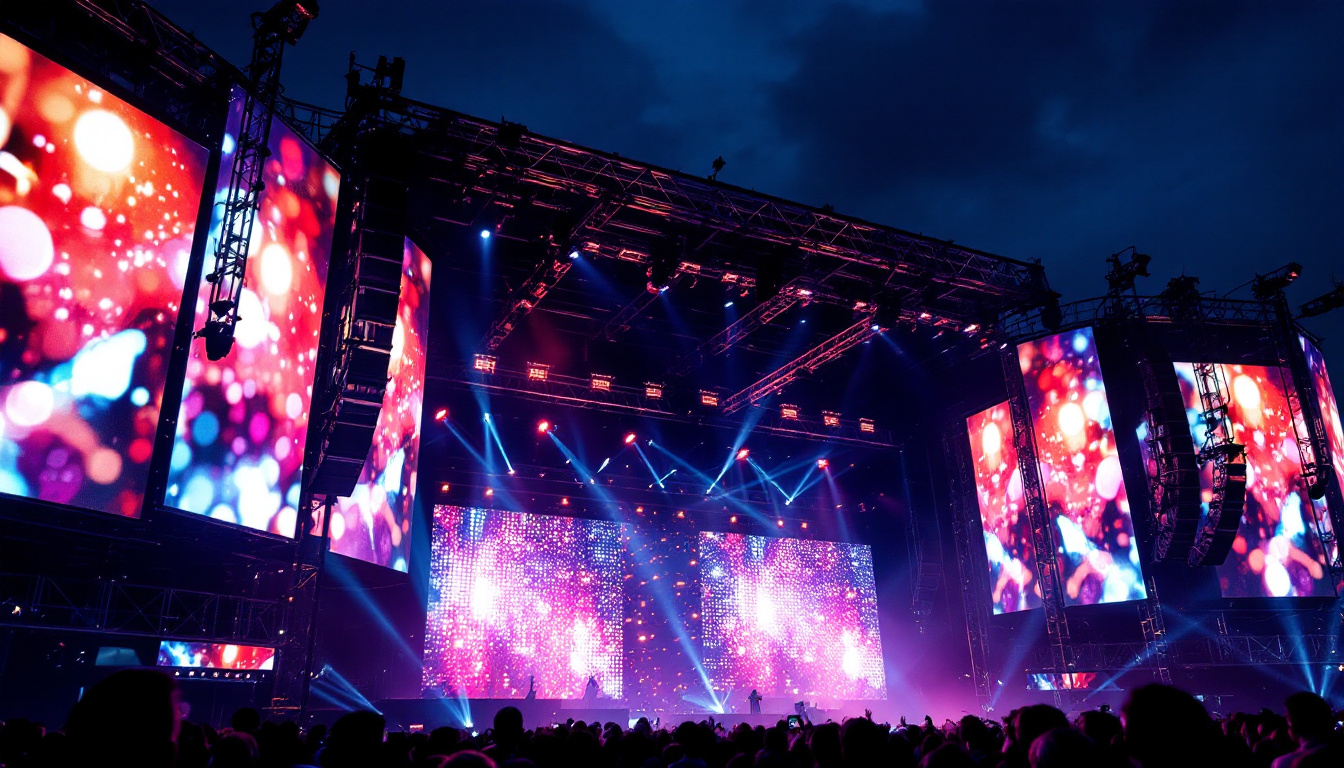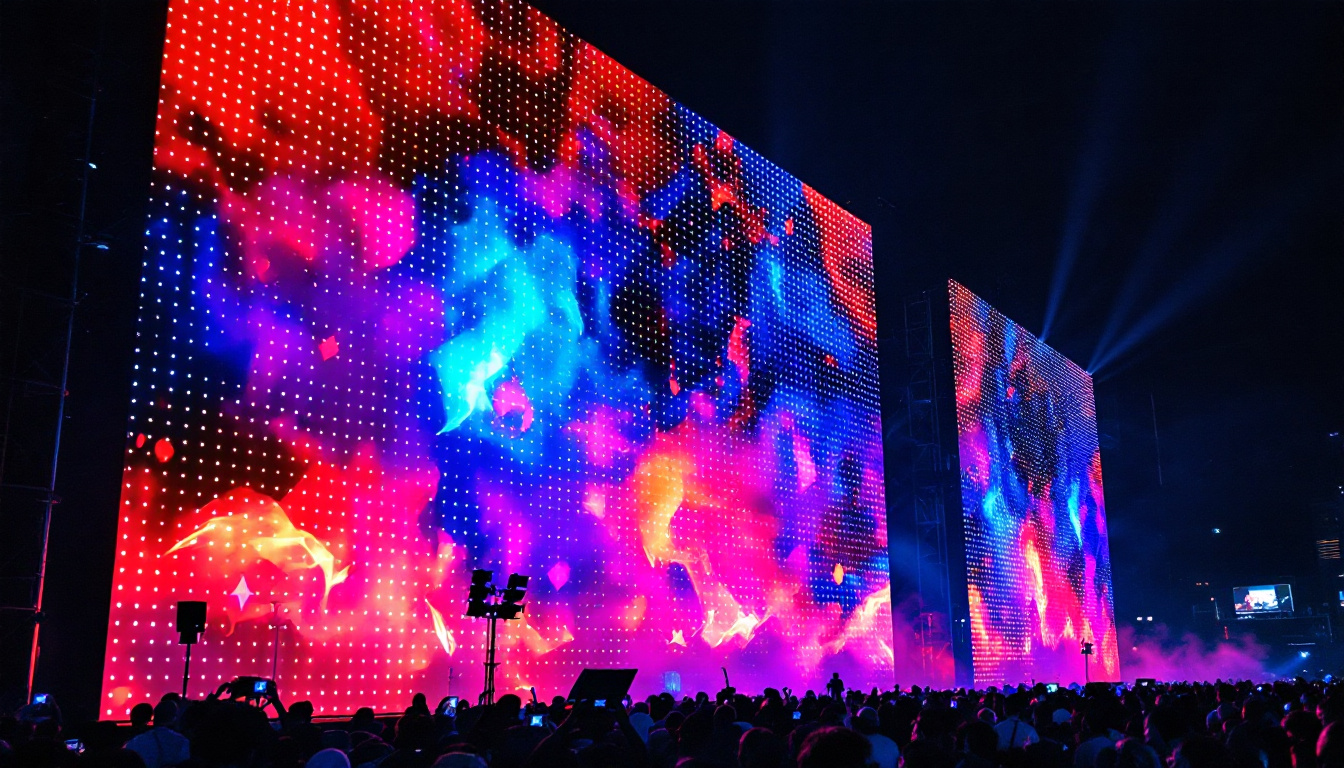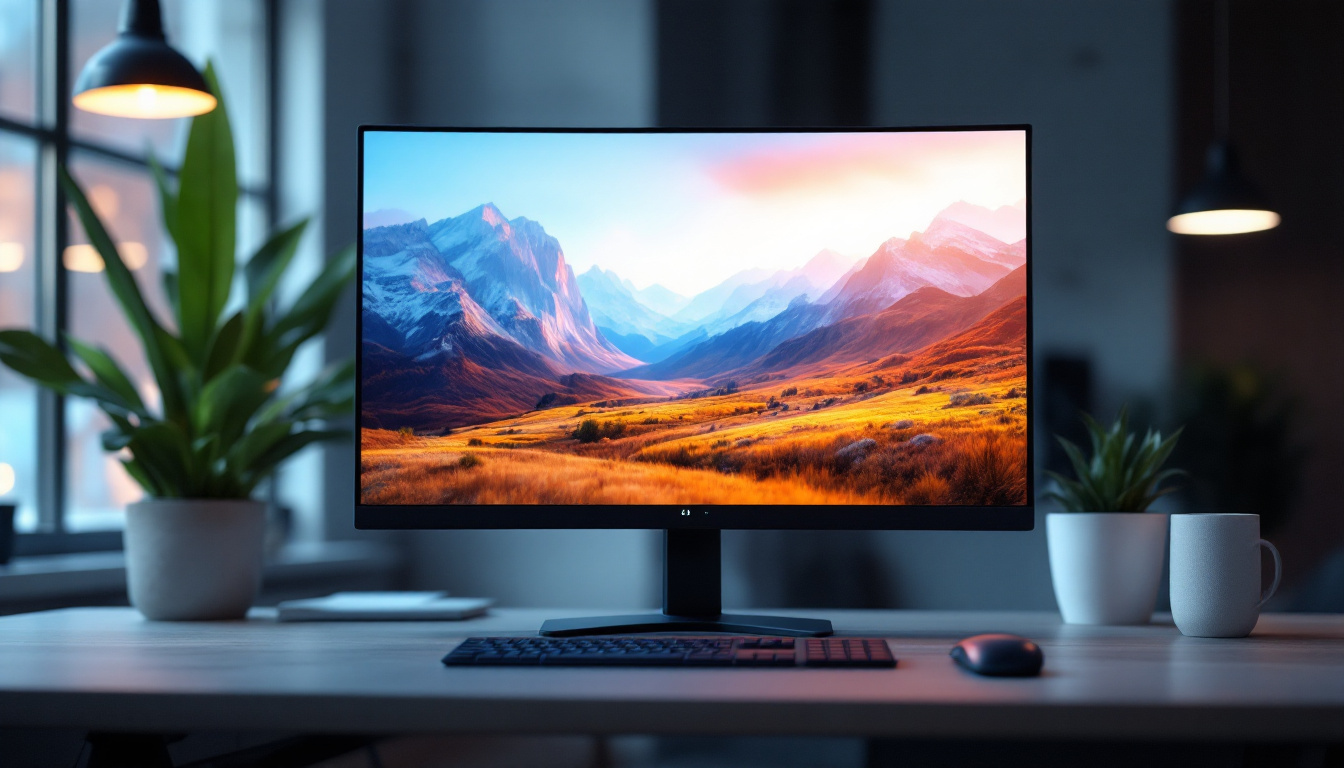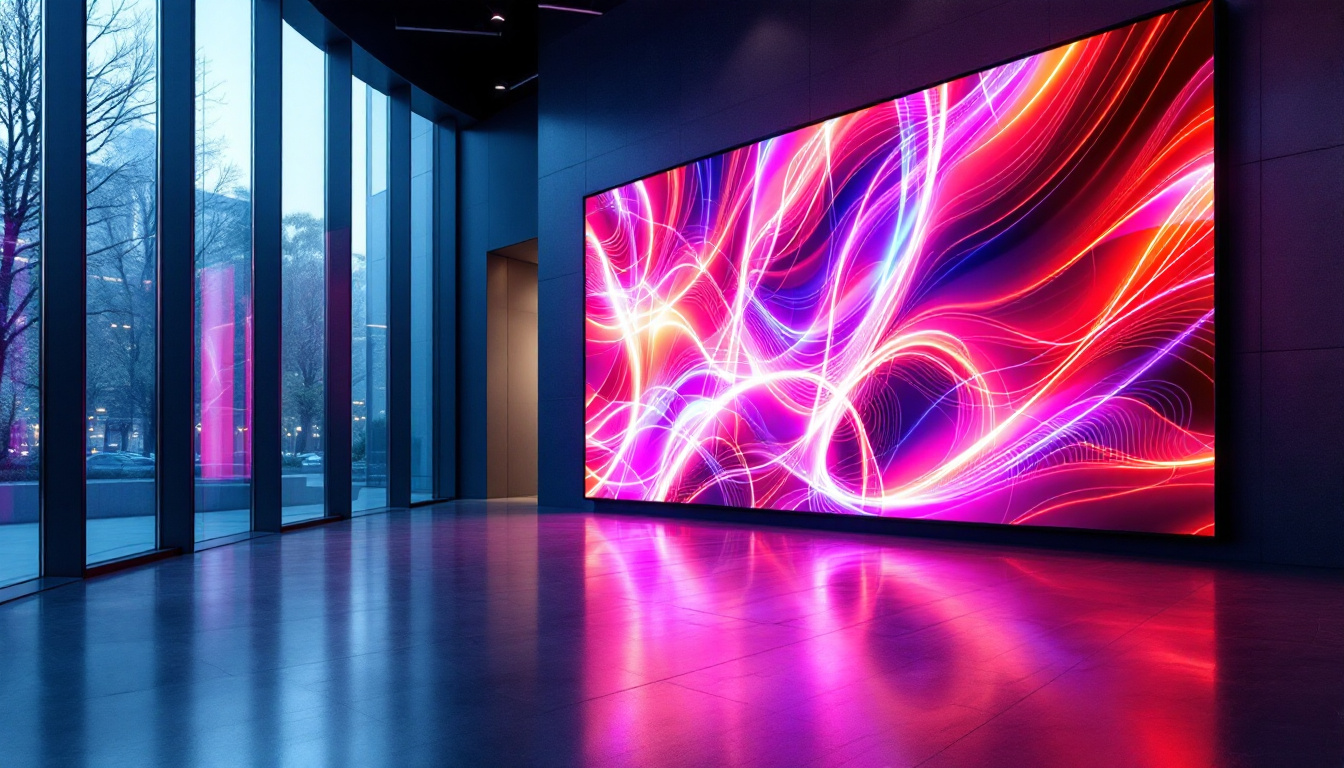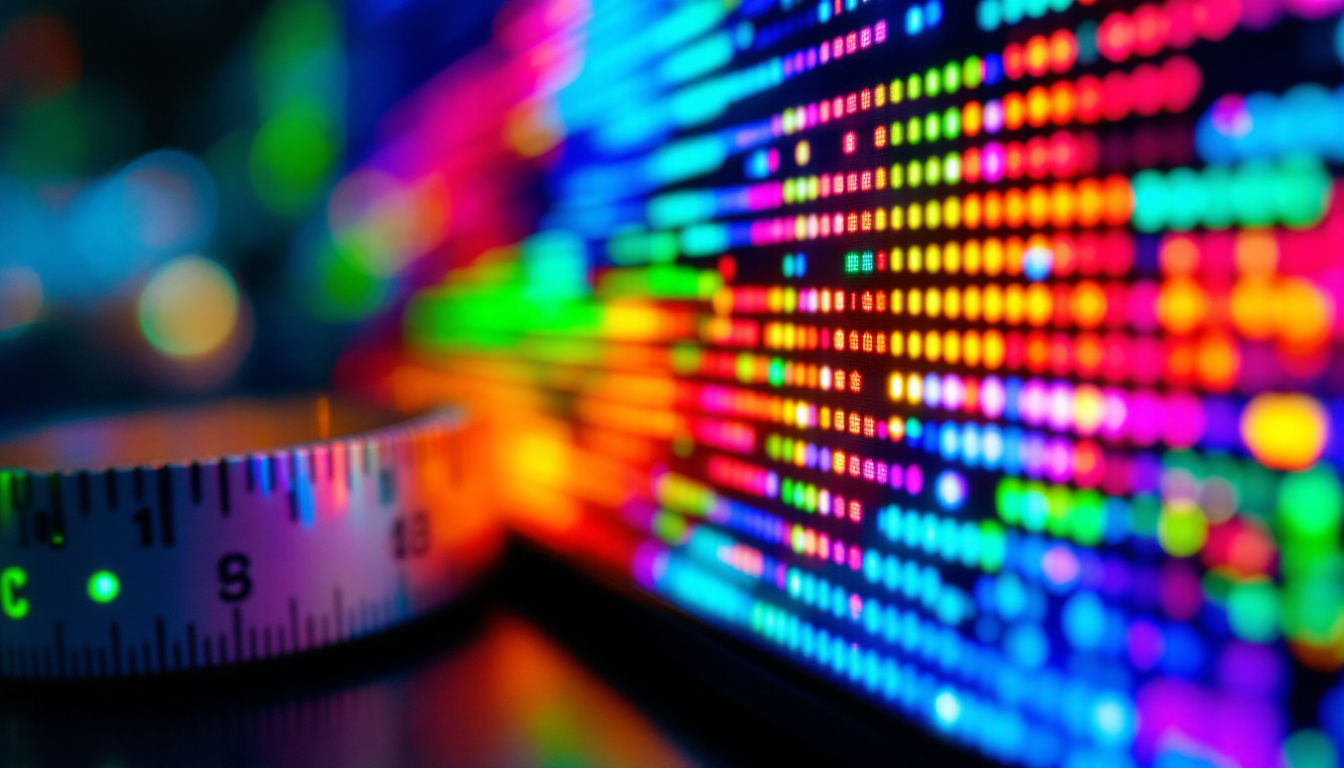In the world of weight measurement, converting kilograms to pounds is a common requirement. This article explores the conversion of 36.1 kilograms to pounds and delves into the fascinating technology behind LED displays that often present such conversions. Understanding both the numerical conversion and the technology that showcases it can enhance one’s appreciation for the tools we use in everyday life.
The Conversion: 36.1 Kilograms to Pounds
To convert kilograms to pounds, a simple mathematical formula is used. The conversion factor is that 1 kilogram is approximately equal to 2.20462 pounds. Therefore, to find out how many pounds are in 36.1 kilograms, one can multiply 36.1 by 2.20462.
Calculating the Conversion
Using the conversion factor, the calculation is straightforward:
36.1 kg × 2.20462 lbs/kg = 79.7 lbsThis means that 36.1 kilograms is equivalent to approximately 79.7 pounds. Such conversions are essential in various fields, including nutrition, fitness, and international trade, where weight measurements often differ based on regional standards.
Practical Applications of Weight Conversion
Understanding weight conversions is crucial for several reasons. For instance, in the fitness industry, personal trainers and nutritionists often work with clients who may be more familiar with one measurement system over another. Accurate conversions help in creating tailored fitness and diet plans.
Moreover, in international shipping and logistics, knowing the weight of packages in both kilograms and pounds can facilitate smoother operations and better communication between parties from different regions. This is particularly important in e-commerce, where businesses may ship products globally and must ensure that they comply with varying regulations regarding weight limits and shipping costs.
Additionally, in the culinary world, recipes may vary in their use of weight measurements, especially when dealing with international cuisines. Chefs and home cooks alike benefit from understanding these conversions to ensure that they are using the correct amounts of ingredients, which can significantly affect the outcome of a dish. For example, a recipe that calls for 1 kilogram of flour will require a precise conversion for those using the pound system to maintain the intended texture and flavor of baked goods.
Understanding LED Displays
LED (Light Emitting Diode) displays have become ubiquitous in modern technology, serving various purposes from digital signage to personal devices. These displays are not only efficient but also versatile, making them a popular choice for presenting information, including weight conversions.
How LED Displays Work
LED displays function by using semiconductor technology. When an electric current passes through a diode, it emits light. This process is known as electroluminescence. The color of the emitted light depends on the materials used in the semiconductor. For instance, different combinations of materials can produce red, green, blue, or white light.
In an LED display, thousands of these diodes are arranged in a grid to form images or text. The intensity and color of the light can be controlled digitally, allowing for dynamic presentations of data, such as weight conversions. This flexibility is particularly advantageous in applications where information needs to be conveyed quickly and clearly, such as in airports, train stations, and retail environments.
Advantages of LED Displays
LED displays offer numerous advantages over traditional display technologies. They are energy-efficient, have a longer lifespan, and provide superior brightness and contrast. This makes them ideal for both indoor and outdoor applications.
Additionally, LED displays can be easily integrated with microcontrollers and sensors, enabling real-time data updates. For example, a digital scale could use an LED display to show the weight in both kilograms and pounds, updating instantly as the weight changes. This capability not only enhances user experience but also allows for advanced functionalities such as tare weight adjustments and memory storage for frequently used weights.
Moreover, the durability of LED displays is another significant advantage. Unlike traditional screens, which may be prone to breakage or wear over time, LED technology is robust and can withstand harsher environmental conditions. This resilience makes them suitable for outdoor advertising, where they are exposed to varying weather conditions, as well as in industrial settings where they may face dust, moisture, and temperature fluctuations. As a result, businesses investing in LED displays often find that they provide a better return on investment due to their longevity and reduced maintenance costs.
Applications of LED Displays in Weight Measurement
LED displays are widely used in various applications related to weight measurement. From digital scales in homes to industrial weighing systems, the versatility of LED technology enhances user experience and functionality.
Digital Scales
Digital scales equipped with LED displays provide a clear and immediate reading of weight. These scales often allow users to toggle between measurement units, making it easy to switch from kilograms to pounds and vice versa. The bright LED readouts ensure that users can easily read their weight in various lighting conditions.
Moreover, many modern digital scales come with additional features such as memory functions, body composition analysis, and connectivity to mobile apps, all of which can be displayed on LED screens. Some advanced models even offer Bluetooth connectivity, enabling users to sync their weight data with health apps for a more comprehensive view of their fitness journey. This integration not only motivates users to track their progress but also provides valuable insights into their health metrics over time.
Industrial Weighing Systems
In industrial settings, LED displays are crucial for monitoring weight in real-time. These systems are often used in manufacturing, logistics, and food processing industries. The ability to display weight accurately and prominently helps in maintaining quality control and ensuring compliance with regulations.
Furthermore, industrial scales with LED displays can be integrated into larger systems, allowing for automated processes and data logging. This integration enhances operational efficiency and reduces the risk of human error. For instance, in a packaging line, an LED display can provide immediate feedback on the weight of products being packaged, ensuring that each package meets the required specifications. Additionally, many industrial LED displays are designed to withstand harsh environments, featuring rugged casings that protect against dust, moisture, and extreme temperatures, thus ensuring longevity and reliability in demanding conditions.
The Future of LED Display Technology
The future of LED display technology looks promising, with ongoing advancements in materials and design. Innovations such as flexible LED displays and organic LEDs (OLEDs) are paving the way for new applications and improved performance.
Flexible and Transparent Displays
Flexible LED displays can be bent and shaped to fit various surfaces, opening up new possibilities in design and functionality. This technology could lead to displays that are integrated into clothing or furniture, providing information in a seamless manner. Imagine a jacket that can change its patterns or colors based on the wearer’s mood or an office desk that displays notifications and reminders directly on its surface, enhancing productivity without the clutter of traditional screens.
Transparent LED displays are also gaining traction, allowing users to see through the display while still receiving information. This can be particularly useful in retail environments, where product information can be presented without obstructing the view of the merchandise. Retailers can create immersive experiences by overlaying digital content onto physical products, engaging customers in a way that traditional signage cannot. Furthermore, transparent displays could revolutionize urban architecture, enabling buildings to showcase advertisements or information while maintaining natural light and visibility.
Smart Integration
As the Internet of Things (IoT) continues to expand, LED displays are likely to become even smarter. Integration with smart home systems and wearable technology could allow for personalized displays that adapt to user preferences and behaviors. This level of interactivity could transform how we interact with our environments, making everyday tasks more intuitive and connected.
For instance, a smart scale could not only display weight but also provide insights based on historical data and trends, helping users make informed decisions about their health and wellness. Additionally, these displays could be programmed to show motivational messages or reminders tailored to the user’s fitness goals, creating a more engaging experience. Beyond health, smart LED displays could also sync with home automation systems to display energy usage statistics, weather updates, or even the status of household appliances, empowering users to optimize their living spaces efficiently.
Conclusion
Converting 36.1 kilograms to pounds is a simple yet essential task that highlights the importance of understanding weight measurement systems. The conversion reveals a weight of approximately 79.7 pounds, a figure that has practical implications in various fields.
Moreover, the technology behind LED displays enhances the way we interact with this information. From digital scales to industrial weighing systems, LED displays provide clarity and efficiency, making weight measurement more accessible than ever.
As LED technology continues to evolve, the future holds exciting possibilities for how we present and interact with data. Whether in fitness, logistics, or everyday life, the combination of accurate weight conversion and advanced display technology will play a crucial role in shaping our experiences.
Explore LumenMatrix LED Display Solutions
Ready to transform your weight measurement displays or enhance your visual communication? Discover the innovative world of LumenMatrix LED display technology. With a wide range of solutions including Indoor and Outdoor LED Wall Displays, Vehicle LED Displays, LED Poster Displays, LED Sports Displays, Floor LED Displays, Custom LED Displays, All-in-One LED Displays, and LED Transparent Displays, LumenMatrix is committed to revolutionizing your visual experience. Check out LumenMatrix LED Display Solutions today and take the first step towards captivating and engaging your audience like never before.

